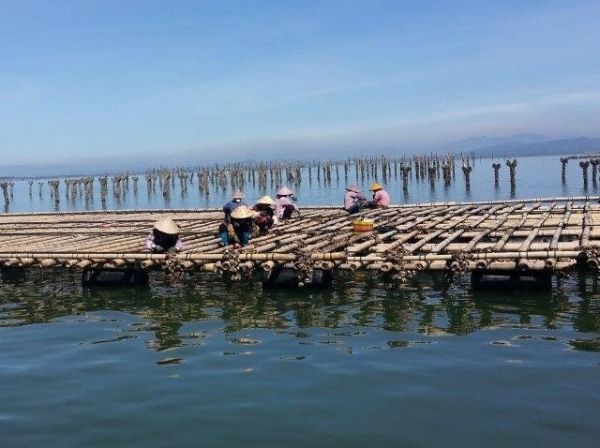Microplastic pollution in the world’s oceans is a growing problem, and most studies of the issue have focused on land-based sources, such as discarded plastic bags or water bottles. Now, researchers reporting in ACS’ Environmental Science & Technology have linked microplastics in China’s Beibu Gulf with heavy fishing activities. Surprisingly, many of the particles were hidden in deep sediments on the ocean floor, which could have led scientists to underestimate the extent of the contamination.
Fishing gear, such as nets, ropes and pots, is a potential sea-based source of microplastics. The tiny particles could be worn away from fishing gear during use, or they might arise when the gear is lost or discarded in the ocean. Yinghui Wang and colleagues wanted to measure microplastics in surface sediment samples from different sites in Beibu Gulf, a traditional fishing ground of China and the China-Indo peninsula that lacks substantial industrialization and urbanization. They also wanted to look for this type of contamination in deep sediments, up to 2 feet below the surface, which have not been well studied with respect to microplastic pollution.
Continue reading at American Chemical Society
Image via American Chemical Society


